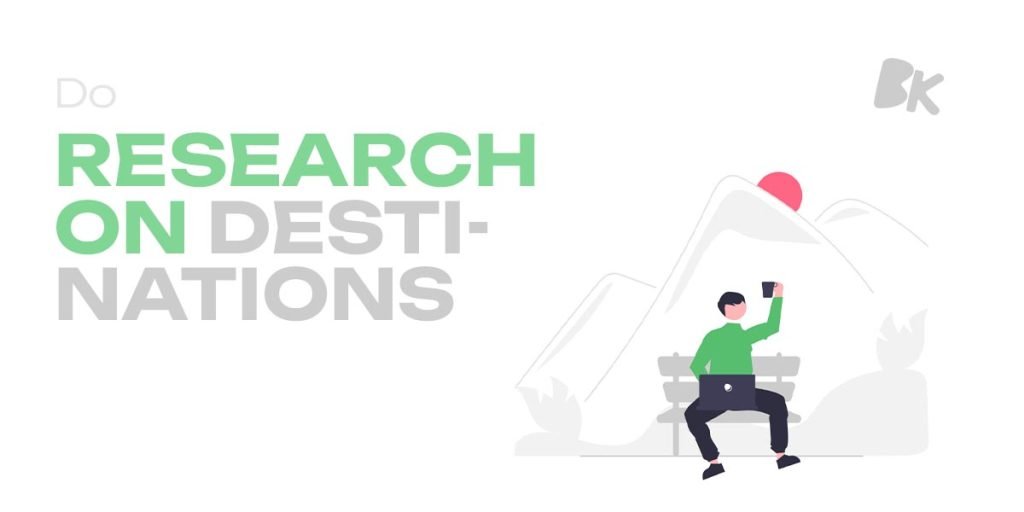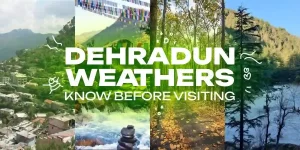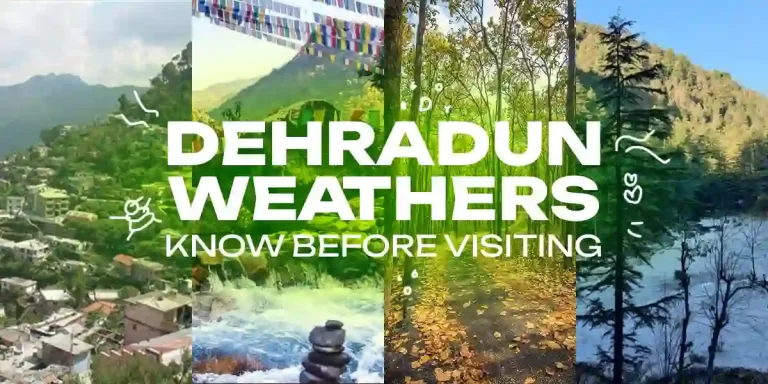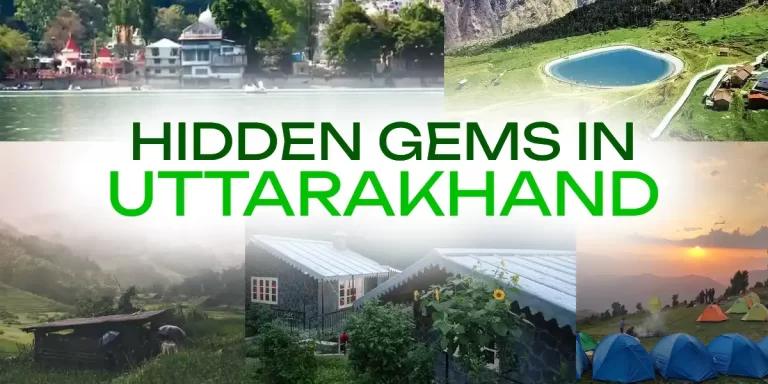Welcome to the exciting world of travel blogging in 2023! In an era where travel has evolved and digital storytelling continues to shape the way we explore the world, creating a great travel blog requires a blend of creativity, authenticity, and strategic planning. Whether you’re a seasoned blogger looking to up your game or a beginner eager to share your adventures, here’s a comprehensive ideation on how to write a compelling travel blog that captivates readers.
Choose Your Niche and Audience

Define your travel niche to target a specific audience. This could be adventure travel, luxury travel, budget travel, solo travel, family travel, or any other niche that aligns with your interests and expertise.
Start by assessing your own interests, passions, and expertise. What types of travel experiences do you enjoy the most? Are you an adventure seeker, a luxury traveler, a budget backpacker, a food lover, a culture enthusiast, or something else? Select a niche that aligns with your personal preferences to ensure you’ll enjoy creating content about it.
Consider the demographic and psychographic characteristics of your target audience. Who are you aiming to reach with your content? Are they solo travelers, families, adventure seekers, luxury travelers, or budget-conscious individuals? Understanding your audience’s interests, preferences, and pain points will help you tailor your content to their needs.
Choose a niche that not only interests you but also plays to your strengths and expertise. Your passion and knowledge will shine through in your content, making it more authentic and engaging for your audience.
Research on Destinations

Stay updated with trending travel destinations in 2023. Research unique and off-the-beaten-path places that your audience might not have heard of before. This will set your blog apart from others.
Start by narrowing down your potential destinations based on your niche and audience preferences. Consider the type of experiences your audience is interested in and the unique perspective you can offer.
Utilize online resources like travel guides, blogs, forums, and social media platforms to gather information about your chosen destination. Websites like TripAdvisor, Lonely Planet, and Wikitravel offer detailed guides and traveler reviews.
Visit the official tourism websites of the destination. These sites often provide up-to-date information about attractions, events, local culture, and practical travel tips.
Keep an eye on local news and media outlets of the destination. This can provide insights into current events, trends, and issues that might be relevant to travelers.
Create an Engaging Blog Title

Craft a captivating and descriptive title that gives readers a glimpse of what to expect from your blog post. Use keywords related to the destination or the type of travel experience you’re sharing.
Your title should give readers a clear idea of what the blog post is about. Use descriptive language that accurately represents the content of the article.
Titles with numbers tend to attract attention because they promise specific, organized content. For example: “15 Must-Visit Hidden Gems in Uttarakhand.” (click to read the article).
Asking a question in your title piques readers’ curiosity and encourages them to seek answers. For example: “Want to Travel on a Budget? Here’s How!”
Incorporate strong and action-oriented words that create a sense of urgency or excitement. Words like “ultimate,” “unveiled,” “secret,” “essential,” and “insider” can be effective.
Tell a Story

A successful travel blog isn’t just about listing facts. Share your personal experiences, anecdotes, and emotions related to the destination. Transport your readers to the location through vivid storytelling.
Decide on the central theme or focus of your story. It could be a personal experience, a cultural encounter, an adventure, a mishap, or an emotional moment. This focal point will guide your narrative.
Begin by describing the setting of your story. Help readers visualize the destination, the atmosphere, and the mood. Use descriptive language to paint a vivid picture.
Introduce any key characters in your story, whether they’re locals you met, fellow travelers, or even yourself. Provide enough detail to make them relatable and interesting.
Instead of simply stating facts, show emotions, reactions, and interactions through dialogue, actions, and descriptions. This helps readers connect with the story on a deeper level.
Reflect on your thoughts, feelings, and personal growth during the journey. This adds authenticity and allows readers to connect with your experience on an emotional level.
Also an important point, After writing your initial draft, revise and refine your story. Trim any unnecessary details, ensure the narrative flows smoothly, and check for grammar and spelling errors.
Include Practical Information

While focusing on storytelling, also provide practical information such as travel tips, accommodation options, transportation details, local cuisine, and cultural nuances. This mix of personal experiences and useful advice enhances the value of your blog.
Did you notice this blog? I have used a lot of subheadings so that you can read the exact points conveniently. Like this, divide your blog post into sections or subheadings that cover different aspects of the trip, such as “Getting There”, “Accommodation”, “Transportation”, “Food”, “Activities”, and “Tips”. This makes it easier for readers to find the information they need.
Use bullet points and lists to present information in a clear and concise manner. This format is easy to scan and allows readers to quickly grasp key details.
Embed maps or provide links to interactive maps that show important locations, such as attractions, restaurants, and accommodations. Google Maps is a popular tool for this purpose.
Think about the common questions travelers might have and address them in your content. For example, include details about currency, language, time zone, visa requirements, and safety tips.
Explain how to get around the destination, including options like public transportation, taxis, rideshares, and bike rentals. Mention any relevant apps or cards that might be useful for travelers.
If you’ve explored the destination thoroughly, consider sharing sample itineraries(complete plan) for different trip lengths. This can help readers plan their days more efficiently.
Use High-Quality Visuals

In 2023, visual content is crucial. Include high-resolution photos and, if possible, videos to visually engage your audience. Visuals help readers connect with your experiences on a deeper level.
Write captions that provide context, details, and interesting anecdotes about the images. Captions can add depth and insight to your visuals.
Pair images with relevant text to create a cohesive narrative. If you’re describing a local dish, include a photo of it. If you’re sharing a hiking adventure, include photos of the trail and scenery.
Also if you have a lot of photos to share, consider creating image galleries that readers can navigate through to see a variety of visuals.
Stay Authentic

Authenticity is key in the world of travel blogging. Share both positive and challenging aspects of your journey. Readers appreciate honesty and relatability.
Your travel blog should reflect your genuine interests, passions, and experiences. Don’t try to imitate someone else’s style or content. Let your unique voice shine through.
Share your personal experiences, challenges, and growth during your travels. Authenticity comes from being open about both the positive and the not-so-perfect moments.
While it’s natural to want to showcase the highlights of your trips, be honest about the challenges and less glamorous aspects of travel. This adds credibility to your content.
Respect local customs, traditions, and cultures. Avoid exploiting or misrepresenting the local communities for the sake of your content.
Sharing your vulnerabilities and challenges can make your content relatable and show that travel isn’t always picture-perfect.
Go beyond sharing surface-level information. Provide insights, reflections, and personal takeaways from your experiences. This adds depth to your content.
Pay attention to what your audience is interested in and adapt your content accordingly. Address their needs and questions genuinely.
Engage with Your Audience

Respond to comments on your blog and social media platforms. Foster a sense of community by encouraging readers to share their own experiences and thoughts.
Involve your audience in the content creation process by asking for destination suggestions, travel-related questions, or topics they’d like you to cover.
Share anecdotes, personal insights, and stories from your travels. This helps your audience connect with you on a more personal level.
If readers reach out to you through email or social media, take the time to respond. This one-on-one interaction can lead to stronger relationships.
Periodically host live Q&A sessions on platforms like Instagram or Facebook where you can answer your audience’s questions in real-time.
Use platforms like Instagram Stories or Facebook Stories to share real-time updates, polls, quizzes, and quick travel tips.
If a reader’s suggestion inspired a blog post, give them credit and mention their contribution. This fosters a sense of belonging and recognition.
Collaborate with readers on content creation. You could feature guest posts or co-create content based on their experiences.
End your blog posts with open-ended questions that encourage readers to share their thoughts and experiences. Respond promptly to comments to show that you value their input.
Promote Across Platforms

Share your blog posts on social media, travel forums, and relevant online communities. Collaborate with other bloggers and influencers to expand your reach.
Develop a comprehensive strategy that outlines how and when you’ll promote your blog posts. This could include a mix of immediate and long-term promotion tactics.
Before promoting your blogs, ensure they are optimized for search engines. Use relevant keywords, meta descriptions, and headers to improve their visibility in search results.
Create eye-catching visuals to accompany your social media posts. Share images, infographics, videos, or snippets from your blog to entice readers to click through.
Pin your blog post images on Pinterest to drive consistent traffic over time. Optimize your pins with relevant keywords and descriptions.
Join and actively participate in Facebook groups related to travel, blogging, and your niche. Share your content where relevant and engage with other members.
Repurpose your blog content into different formats such as videos, podcasts, or infographics. This allows you to reach audiences on different platforms.
Pro tip, use social media scheduling tools to plan and automate your posts across various platforms. This ensures consistent promotion even when you’re not actively online.
Also remember, the travel industry and online trends are constantly evolving, so staying adaptable and open to new approaches will help you create a successful travel blog in 2023 and beyond.
Until next blog, bye! vroom.. vroom..








